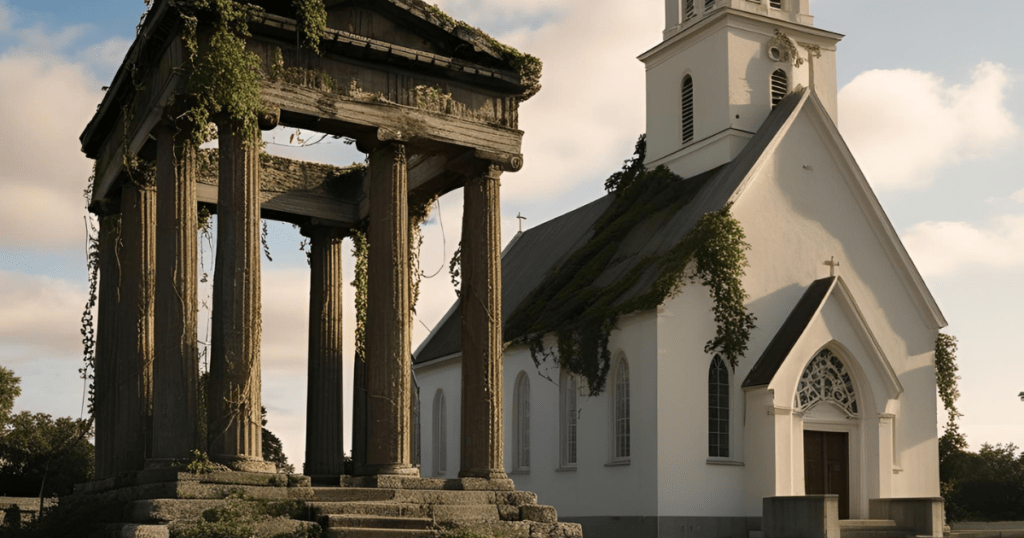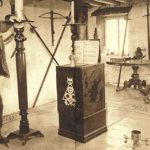For centuries, Paganism flourished across the world, deeply rooted in nature worship, mythology, and ritual practices. However, as Christianity expanded, Pagan traditions were challenged, suppressed, and often absorbed.
Despite this, many Pagan beliefs, symbols, and practices survived—sometimes in unexpected ways.
The Early Conflict: Christianity vs. Paganism

When Christianity emerged and spread through the Roman Empire and beyond, it clashed with Pagan religions that had long been established.
Pagan practices, such as polytheism, ancestor worship, and seasonal festivals, were viewed as threats to the monotheistic Christian doctrine. Many early converts were forced to abandon their traditional beliefs, but not all elements of Paganism disappeared.
The Adaptation of Pagan Festivals
One of the key ways Paganism endured was through the adaptation of its festivals into Christian holidays. Some examples include:
- Yule → Christmas: The ancient festival of Yule celebrated the rebirth of the Sun during the winter solstice. Many Yule traditions, such as decorating trees and burning Yule logs, became part of Christmas.
- Ostara → Easter: The spring equinox festival, Ostara, honored renewal and fertility, much like Easter with its eggs and rabbits—symbols of fertility from Pagan origins.
- Samhain → Halloween: The Celtic festival of Samhain, which marked the thinning of the veil between the living and the dead, evolved into Halloween and All Saints’ Day.
These adaptations allowed Pagan traditions to survive under a new religious framework.
Pagan Symbols in Christian Iconography
Many Christian symbols have Pagan origins. For example:
- The Halo: Often seen in Christian art, halos were originally used to depict sun gods in Pagan religions.
- The Cross: The Celtic cross incorporates the sun wheel, an ancient Pagan symbol of life.
- Saints and Deities: Many Pagan gods and goddesses were reinterpreted as Christian saints. For instance, Brigid, the Celtic goddess of fertility and healing, was transformed into Saint Brigid of Kildare.
These integrations helped Christianity appeal to Pagan converts while preserving ancient sacred imagery.
For a deeper dive into the evolution of Pagan traditions within Christian Europe, you can check out this article on History Today.
Folk Magic and Pagan Practices in Christianity
Despite Christianization, many folk traditions continued to thrive, often under new religious justifications. Practices such as:
- Blessing herbs and charms for protection
- Using moon cycles for planting and harvesting
- Practicing divination, like reading omens and interpreting dreams
These customs, once openly Pagan, persisted in rural communities and even influenced Christian mysticism.
The Revival of Paganism in Modern Times
In the 20th century, Pagan traditions saw a resurgence with movements like Wicca and Druidry. Scholars and practitioners rediscovered ancient rituals, and today, many people openly embrace Paganism as a spiritual path.
Festivals such as Beltane and Samhain are widely celebrated, and Pagan-inspired practices like meditation, herbalism, and tarot reading are gaining popularity.
Though Christianity sought to replace Paganism, many of its beliefs and practices endured—hidden in traditions, symbols, and folklore. Today, Pagan spirituality continues to thrive, proving that ancient wisdom can never be truly erased.



